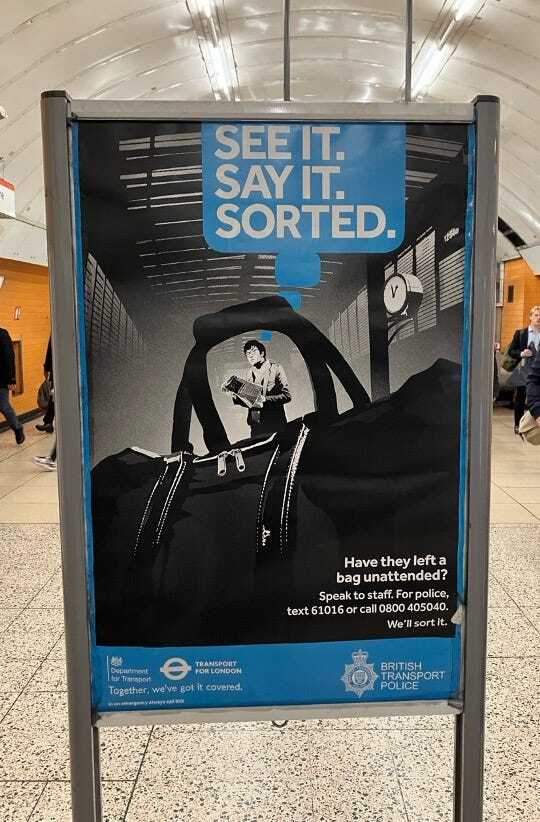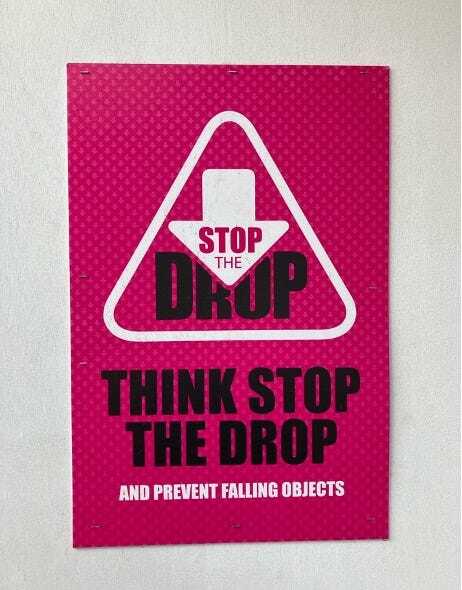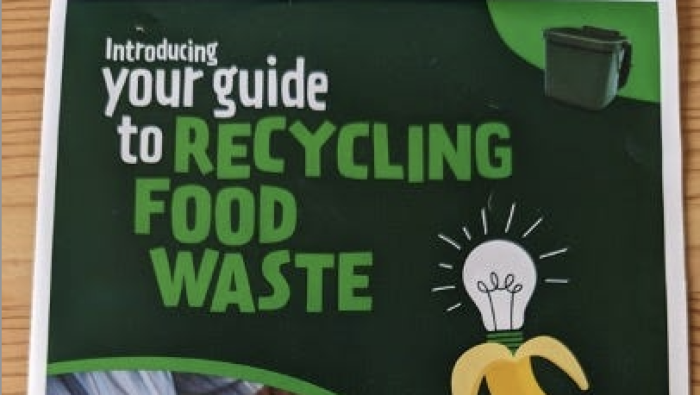
A first port of call for many organisations trying to change behaviour is the humble sign.
The modern world is overloaded with attempts to give us information, tell us what not to do, implore us to be careful and in some cases, threaten us with dire consequences if we fail to comply. And despite the march of new forms of communication, the old-fashioned sign seems to be alive and well.
However, as someone who has spent my entire career trying to change behaviour in one way or another, I’d describe myself as a sign-sceptic.
Every now and then I see a notice that surprises or delights me, like this one I found on a bridge in Shrewsbury:

And this, spotted in the West of Ireland:

But a lot more often than that, I find them irritating. This is one of my pet hates (and a whole other blog when I get round to it):

And I thought this was quite optimistic when I saw it in the window of a well-known high street retailer:

But most of the time, I just don’t pay any attention at all (unless they pique my interest for professional reasons — as in this case, showing quite a flagrant disregard for behavioural science research*):

*Read more here: https://www.fastcompany.com/3037679/read-about-how-hotels-get-you-to-reuse-towels-everyones-doing-it
Then, as I walked past a building site the other day, I noticed this classic of the genre:

From what I can tell, it has the laudable aim of discouraging builders from dropping heavy objects on the heads of passers-by. Seeing it got me thinking about the ingredients that make a sign more likely to have the desired effect.
At Behaviour Change we have some experience of this, through our work on chewing gum litter. Since 2016, we’ve developed and tested a series of signs designed to persuade people to put their gum in the bin. And what makes this work especially interesting is the fact that we have carefully evaluated their effectiveness in cities across the UK. Our rigorous trials include counting gum on the ground before and after the signs have been deployed. Some of our best signs have reduced litter by very significant amounts. This one — our most successful yet — has delivered reductions of over 60%:

So, why does it work so well?
I think it comes down to four factors:
- It stands out. You don’t see a lot of cute kittens in shopping centres, let alone ones with gum stuck to their paws. This is just good old-fashioned communications thinking of course. You don’t have to be a behavioural science PhD to work that one out.
- It’s in the right place. We only display our signs in locations where we know people are littering and, where possible, place them at transitional points, like entrances and exits, where people are particularly likely to have the urge to get rid of their gum.
- It has a clear, practical ask. We’re not making some vague suggestion about seeing or saying, we’re actually asking people (nicely) to do something very specific, in a place where it’s very easy for them to do it. Indeed, in all our work we try to point towards the positive thing we want people to do (using the bin in this case) rather than the negative we want to avoid (littering, obviously).
- There’s a human insight at the heart of it. When we researched gum litterers, one of them told us that she wasn’t really bothered about her discarded gum getting stuck on some random stranger’s shoe, but she couldn’t bear the thought of a poor little puppy getting some on its paw. From there it wasn’t a vast leap to our kitten sign. The posh term for this is ‘Identifiable Victim Effect’, but you could just call it a good idea.
So, it turns out that creating a notice that people actually notice may not be that hard after all. But, if it’s something you’ve been wrestling with for a while, maybe see this as a sign that it’s time to get in touch with the experts.
Share
RELATED ARTICLES
Behavioural science

The tortured norms department
Our Head of Strategy, Kate, reflects on why social norms are always used to their full capacity
30/04/24
Read moreBehavioural science

Let's refill like it's 1993
David shares what we can learn about circularity from his travelling around Africa in '93
10/04/24
Read moreOpinion

Enough of ‘Enough is enough’
Kate shares why women deserve better messaging than 'enough is enough'
08/03/24
Read more